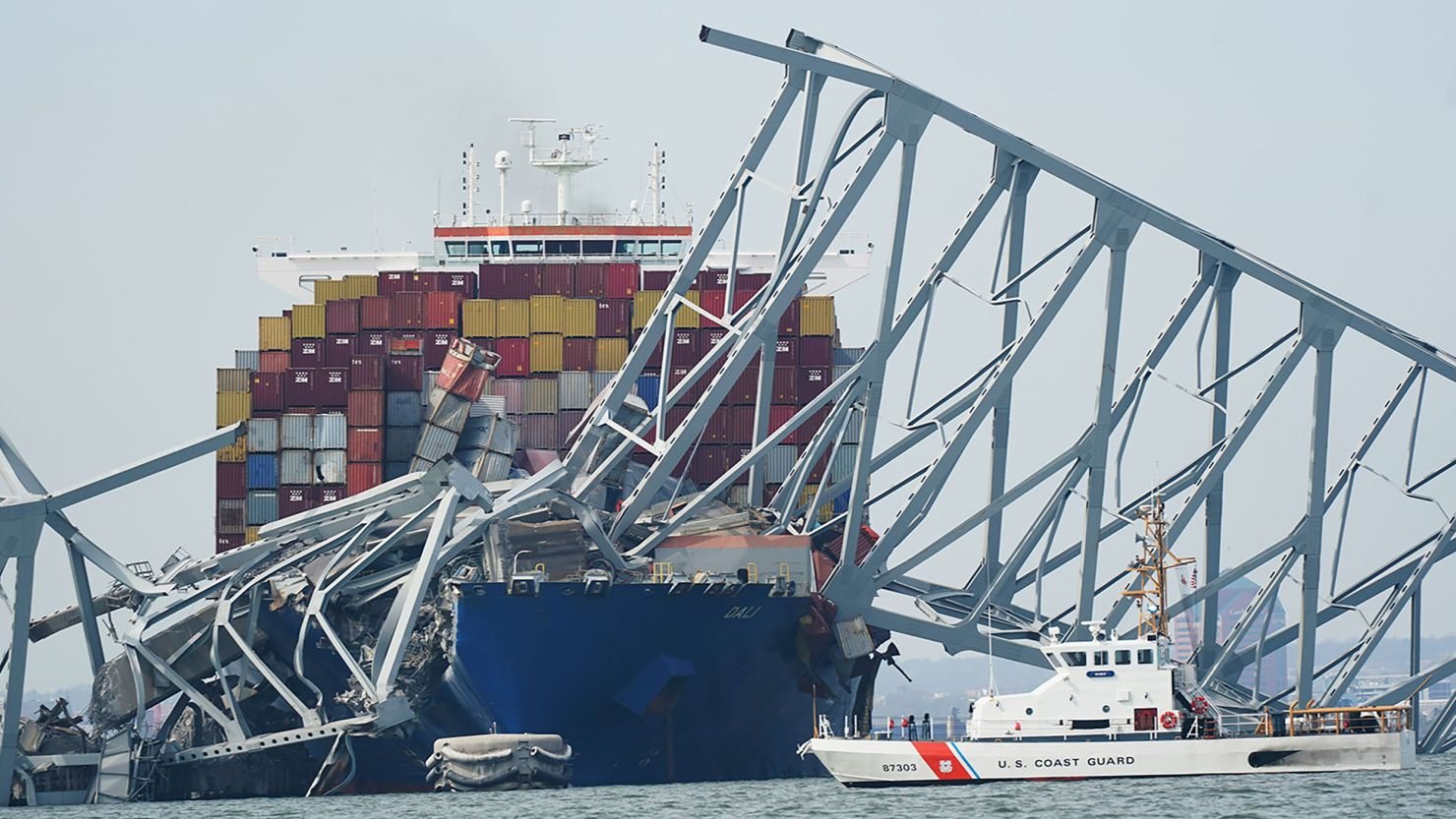The Baltimore Bridge Collapse

If you felt your intrusive thoughts come to fruition as you were made aware of the devastating news that came out of Baltimore, you’re not alone. Just before 0130 EST yesterday morning, the Francis Scott Key bridge on the I-695 corridor went crashing into the inlet off of the Port of Baltimore mere seconds after one of the support columns was struck by a barge. The footage circulating of the collapse shows the barge having power issues as it approaches the bridge, with the vessel’s lights turning on and off multiple times, and smoke coming from the rear of the ship (believed to be the ships backup generators) just before striking the support beam, causing the bridge to fold almost instantly.
Unfortunately, this event caused us to look deeper into the history of this issue. The World Association for Waterborne Transport Infrastructure, or PIANC, released a 2018 study that looked at the period from 1960 to 2015, where there were 35 major bridge collapses worldwide due to ship or barge collisions. It’s worth mentioning that 18 of the 35 in this study were in the United States. Some of the notable ones being the Sunshine Skyway Bridge collapse in 1980, the Queen Isabella Causeway Bridge collapse in Texas in 2001, the I-40 Bridge in Oklahoma in 2002, and the Popps Ferry Bridge collapse in Mississippi in 2009; all of which directly involved barge collisions.
The Francis Scott Key Bridge was the third largest truss bridge in the world, which opened in 1977, and was named in memoriam of the author of The Star-Spangled Banner. Transportation authorities have estimated the travel along the bridge to be around 11 million annually, or 30,000 commuters daily. Out of the quoted average, they estimated that roughly 4,900 were commercial truck traffic, most of which carried hazmat, as this bridge was along one of the only two route options to bypass the cities two better-known tunnel systems.
The Port of Baltimore is estimated to support 15,000 jobs, supplying mostly cars and construction equipment. In 2023, this port alone generated 80 billion dollars in revenue, being one of the 3 busiest ports along the eastern seaboard, and one of the deepest, with a channel sitting at 50 feet deep allowing it to support larger vessels.
The port has been closed to waterway vessels in and out of the port until further notice, but plans to remain open to truck traffic. If you are carrying hazmat through Baltimore, your only route option will now be the western section of I-695 around the tunnels, between Essex and Glen Burnie, which will equate to a roughly 30 mile detour. For traffic alerts pertaining to the Francis Scott Key Bridge, visit the MDTA website where the state is set to provide regular updates.
Our hearts are with the city of Baltimore, and the families of the construction workers who lost their lives in this tragedy.
#MarylandTough #BaltimoreStrong
Run Hard – Dream Big,
M.I.T.

